(TheBRHM.com) On October 21, 2024, the world of metal, music, and entertainment lost a vocal legend in 64-year-old Paul Di’Anno. Hailing from London, England, Di’Anno arrived on the scene as the lead singer for Iron Maiden between 1978 and 1981.
Like Judas Priest, Black Sabbath, and Yngwie J. Malmsteen, Iron Maiden was never without a strong lead singer. When the band began producing music and recording performances, they had moved on from original singer Paul Mario Day, explored another singer for a period in Dennis Wilcock before running with Paul Di’Anno.
It was a great decision at this point in their career. The New Wave of British Heavy Metal was in its early stages and a number of bands had formed in that 1975-1980 window. Several of those bands would release full-length albums as the 1980s started such as Saxon, Angel Witch, Venom, and Iron Maiden.
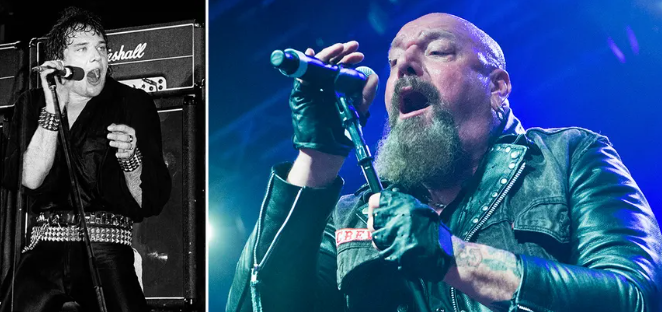
Paul Di’Anno: The Right Man for the Job
NWOBHM also came along at the time of UK punk and one young singer would be an early bridge between the two subgenres. Di’Anno had the look, attitude, and energy of a frontman for a punk band of the period but his vocals would fit metal, punk or hard rock. There was some flexibility and tons of power to his voice but in there—as raw and powerful as his vocals could be—was some technique as evidenced on songs such as “Phantom of the Opera”, “Murders in the Rue Morgue”, and “Prowler”.
However, songs like “Iron Maiden”, “Killers” and “Running Free” amplified and showcased Paul Di’Anno’s vocal stylings. For Iron Maiden at this time, Di’Anno was perfect. There was still a degree of unfocused playing to the instrument section—not nearly as feral as Venom or Motörhead or frenzied as Raven—but they were definitely improving from release to release.
The first two Maiden albums Iron Maiden and Killers saw some improvement in playing in under a year while Di’Anno—who also improved didn’t appear to improve as much. Personally, I believe that singers operate more under a “If it ain’t broke, don’t fix it” approach with advancing age being the time to fix it.
Hey, Rob Halford can still deliver his piercing wails and shrieks but he’s not doling them out like he was in the 70s and 80s. Seasoning with age sees performers in all arts change it up some to preserve their abilities. Of course, in other cases some performers just become worse with age.
According to interviews and insight, it seems as though Iron Maiden simply outgrew Di’Anno—which I can see as The Number of the Beast was a completely different project from the first two. Also, it was said that he was difficult to deal with as he pretty much kept his own time. Maiden would go on to be more epic in scale and didn’t have the slightly dark edge that the debut feature. This was more darkly dramatic which works.
Post-Maiden
This was an interesting dive as it’s rare for me to look at self-titled projects. However, since I checked out Dio and Halford, I figured “Might as well give Di’Anno a shot.” His Battlezone project rocked with the first two albums of the late 1980s before attempting a change in style in the 1990s.
His self-titled solo project was much of the same but in a welcome sense. Eventually, a band or act will get into a performance that simply works at any time. By this time Di’Anno had been performing for a few years before establishing the band in 1983.
I recommend the debut album for both Di’Anno and Battlezone. That is if you’d like Iron Maiden with Di’Anno and perhaps minus Maiden’s guitar assault.
What were some of your favorite Paul Di’Anno performances or songs? If you enjoyed the Soundhouse Tapes, let us know! Hell, it’s an impressive release packed with energy.
R.I.P Paul Di’Anno
Staff Writer; James “Metal” Swift Jr.
This talented writer is also a podcast host, and comic book fan who loves all things old school. One may also find him on Twitter at; metalswift.


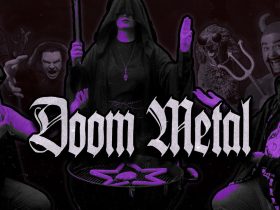




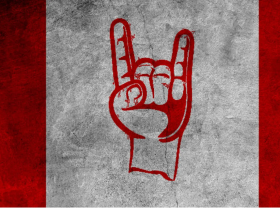
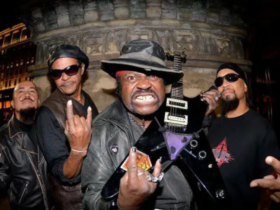
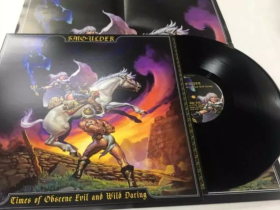
Leave a Reply